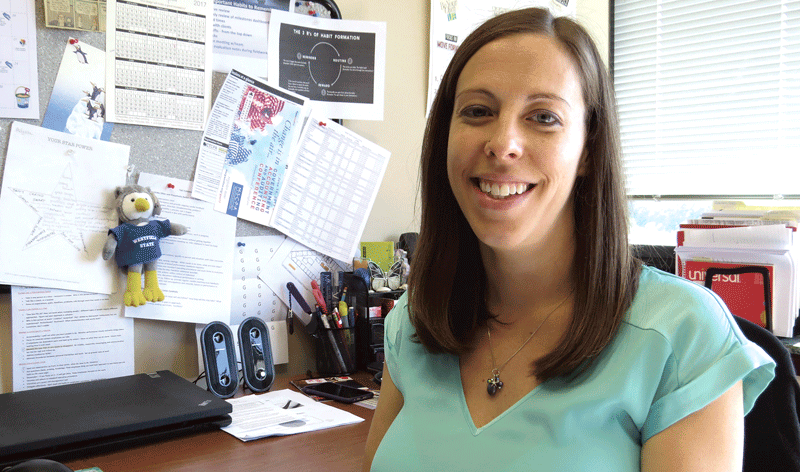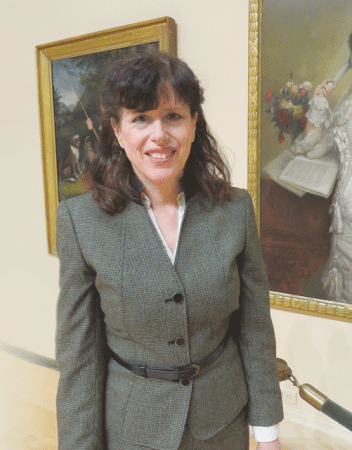The ‘Pulse’ of MGM Springfield

Alex Dixon
Alex Dixon, a self-described third-generation casino worker, has assumed the duties of general manager of the $950 million MGM Springfield resort casino complex. This is a large job with a broad set of responsibilities that he boils down to creating a winning culture. Roughly 15 months out from the grand opening, his work is focused mainly on assembling a team — and especially the corps of senior leaders — and essentially bringing this facility to life.
When Alex Dixon was assistant general manager at the Horseshoe Baltimore Casino, he went to great lengths to fully understand all aspects of virtually every job at the sprawling complex and what it was like to perform such duties.
In fact, he performed them himself.
“I put on a valet’s uniform and parked cars — that’s the best way to learn valet,” he told BusinessWest. “I put on an environmental-services uniform and learned how to clean toilets. I put on the uniform of many of the positions, if not all the positions, in the facility to spend three or four hours with that group to really understand how I, as a leader, can impact the day-to-day lives of my front-line team members.”
And he plans to do the same in his new role, as general manager of MGM Springfield, both before that $950 million facility opens its doors in the fall of 2018, and after. So visitors should keep their eyes peeled, because they might just spot him dealing them in at blackjack, greeting them at the front door, or parking their car.
That happened quite often in Baltimore, actually.
“It’s amazing the reaction you’ll get from customers when they see you on the floor in a security uniform welcoming guests alongside those team members,” said Dixon, 36, who described himself as a third-generation casino worker (more on that later). “But that’s how you fully understand the challenges with each job; in many cases there are very small things we can do to make things easier, and we need to do those things.”
This is the textbook definition of a servant leader, which is the phrase Dixon summoned when asked to describe his management style and what he will bring to Springfield’s South End.
“There’s not a job in our facility that I would not do myself,” he said. “And we really need to understand the day-to-day life of our employees, because that’s who our customers interact with.”
And that’s clearly why, as he talked with BusinessWest a few months after his arrival in Springfield, Dixon turned the discussion early and often to the people, an estimated 3,000 of them, who will be working at the casino complex — on the front lines and behind the scenes — to present visitors with an experience.

Fifteen months or so out, the assignment for Alex Dixon and the team he’s assembling is to bring MGM Springfield, seen in this rendering, to life.
He went on at length about how he will not only play a lead role in hiring team members — especially the eight to 10 people who will comprise the senior management team — but also create the environment in which they will work and the culture that will pervade not only the casino floor but every component of this facility, from the shops to the movie theater to the bowling alley.
This is the very essence of casino operations, he explained, adding that such facilities are not about slot machines and restaurants, ornate hotels, and elaborate shows. They’re about the people providing a brand of service that will draw in visitors — and then bring them back.
With that as a backdrop, Dixon noted that if Mike Mathis, president of MGM Springfield, is the face of the operation, as most would say he is, then he is the “pulse,” or “heartbeat.”
For this issue, BusinessWest talked at length with Dixon to fully grasp everything he meant by that statement.
Background — Check
Before sitting down with BusinessWest, Dixon offered a quick tour of what amounts to MGM’s new, temporary nerve center on the 20th floor at Monarch Place.
The company, which will eventually settle in at 95 State St., adjacent to the casino complex, was operating out of a smaller suite of offices on the ninth floor at Monarch, but with its leadership team starting to come together, more space was deemed necessary.
There is a good deal of it on the 20th floor, where Dixon gestured to a succession of small offices, almost all of them vacant at that time, which will be occupied by seasoned individuals who will have, in some cases, business cards with titles never before seen in Western Mass.
Like ‘vice president of Slots’ and ‘vice president of Table Games,’ for example, two of the positions mentioned by Dixon as he noted who will be occupying some of the offices he passed. There will be other, more traditional roles, such as vice president of Facilities and vice president of Marketing, he went on, adding that he will be spending a good amount of his time in the next several weeks deciding who will take on such responsibilities.
How Dixon came to occupy what amounts to the corner office on the 20th floor, complete with a window from which he can see the casino complex taking shape, is an intriguing story.
Indeed, while he grew up in and around casinos, Dixon didn’t seem in any way destined for work in that industry. But fate and a few chance encounters would change the trajectory of his career path and ultimately put him on a course for the City of Homes.
Our story really begins … well, where you might expect it would when we’re talking about someone with casino work in his blood — Las Vegas — but, as noted, the tome didn’t develop exactly according to script.
“My family moved from the deep south out to Las Vegas to be the porters, the maids, the cooks, the housekeepers, and then, eventually, dealers, in the casinos,” he explained. “My grandmother was a housekeeper, and my dad was a bartender, and I’ve been fortunate to rise in the ranks to general manager.
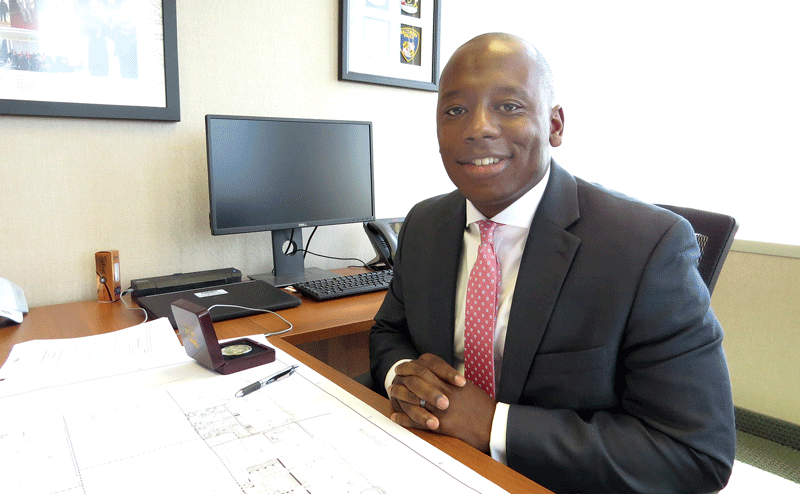
Alex Dixon, seen here in MGM’s nerve center in Monarch Place, says that if Mike Mathis is the face of the company and its casino, he is the ‘pulse’ or ‘heartbeat.’
“I remember the burgeoning of the casino industry before my eyes,” he went on. “In 1990, the Mirage was the first really big facility built with institutional capital. You can imagine what it’s like growing up in Las Vegas as a young boy and seeing this great volcano coming up in the middle of the Las Vegas desert; I thought that was really cool.”
When he was a senior in high school, and student body president, he recalls the theme for his senior year being “Viva Las Vegas,” with each class decorating its hallway in the theme of one of the resorts operating at the time.
But while casinos were in most ways the backdrop for his childhood, his passions were business and government, and he went east, to Washington, D.C., to pursue a degree in Finance at Howard University’s School of Business.
There, he caught what he called the “investment banking bug,” and did his first internship at J.P. Morgan, gaining an introduction to Wall Street and the world of mergers and acquisitions.
He had a second internship at Goldman Sachs and its Energy & Power group, and took a job there upon graduation in 2003. Later, he had the opportunity to join the company’s international operation and spent the better part of 2005 in London, before moving on to the Los Angeles office, where, still focused on M&A, he was a member of the team that advised Disney on its $7.5 billion acquisition of Pixar.
He and his wife would gravitate to Las Vegas to raise a family, though, and upon returning, he made a number of phone calls as he pursued various opportunities. One of them was to Bill Hornbuckle, currently president of MGM Resorts International, who at the time was president and COO of Mandalay Bay Resort & Casino.
“Bill put the sell on,” Dixon recalled. “I don’t even remember what the role was, but at the time it just wasn’t the right fit; it was too steep of a financial decline after Wall Street and with the new family and everything else.”
I was very fortunate to learn the business by sitting at the feet of people who had built some of these great facilities in Las Vegas. I had a great number of mentors — people who were able to coach me and inspire me, really.”
Instead, he joined Silver Pacific Advisors, LLC, a boutique investment bank in Vegas that raised capital for developers seeking to build casinos. And it was in that setting that he gained what he considers his first real exposure to general management.
“The developers would put together a management team, the head of slots, the head of table games, and so on,” he recalled. “And in working on the deal as a financial associate, I said, ‘hmmm … that’s what I want to be when I grow up.’”
Odds and Ends
That epiphany, if you will, compelled him to leave Silver Pacific and join Caesars Entertainment, starting as a director of Planning & Analysis and eventually rising in the ranks to vice president and executive associate in Enterprise Shared Services. Along the way, he said, he had the opportunity to learn from some of the best in the business.
“I was very fortunate to learn the business by sitting at the feet of people who had built some of these great facilities in Las Vegas,” he told BusinessWest. “I had a great number of mentors — people who were able to coach me and inspire me, really.”
In 2013, he became assistant general manager of the Horseshoe Baltimore Casino, developed by a group that includes Caesars Entertainment. Like MGM Springfield, the Baltimore operation is an urban casino, one with roughly 1,500 employees, 2,200 slots, and 150 tables.
There, he was in charge of day-to-day activities, and doing pretty much what he will be doing in Springfield, an opportunity that came about by happenstance and, more specifically, a dinner meeting with Mathis.
Dixon interviewed for the position last fall, prevailed over what he assumes was a large field of candidates — he believes his experience with an urban casino on the East Coast certainly helped his cause — and officially joined the team in February.
But he didn’t really put his boots on the ground in Springfield until several weeks later, because there was first a substantial learning curve involving MGM and how it ran its facilities.
“I spent a lot of time getting to know MGM,” he explained. “I was coming from outside the company, and before coming here, I spent a lot of time in Detroit, in Las Vegas, in National Harbor [Maryland], really making sure I got the ethos of the company before coming here to Springfield.”
When asked for a quick synopsis of his job description as general manager, Dixon said it comes down to essentially replicating what he saw at those MGM locations, while also giving the company’s newest casino its own, unique flavor, or culture.
At the Horseshoe Baltimore Casino, Dixon joined the management team roughly two years before the facility opened, a timeline similar to that unfolding in Springfield. And as he talked about what will happen between now and the fall of 2018, he said there is a series of formal and informal timelines, with many of them involving the formation of a team.
Indeed, while there a number of strategic initiatives taking place at once — from the actual buildout of the various facilities to bringing together components of the retail piece, including the restaurants, to the critical work in marketing to get the message out about this facility — the process of assembling a team is paramount.
“In this pre-opening phase, we’re responsible for bringing the facility to life, and that is done by people, so we are going through the interview process for all the roles here,” Dixon said, noting he was on a tight schedule that morning, with several of those interviews also on his calendar.
Much of the focus now is on that senior management team, Dixon went on, using some of those new-to-the-region job titles to explain who might eventually earn them, what goes into those top posts, and how he goes about selecting a candidate.
The vice president of Table Games, for example, is a big job, one to be held down by an individual who will eventually lead a team of several hundred people, he said. Candidates will need to bring an extensive résumé to the table, one that reflects experience at all levels of this gaming division, if you will, as well as leadership abilities.
There will be candidates from within the MGM family, and from across the industry — what Dixon called a “very small world,” despite its seemingly large size — as well, common denominators for each of these top-level jobs.
“You have a new facility that you’re opening in a new town … I had the opportunity to interview for a role, and through a meritocratic process, that’s where I landed,” he said. “So I’m committed to making sure that we give our internal MGM team members a great opportunity, but that we’re also willing to look to the outside to get a great benchmark of how we can infuse talent.
“The VP of Table Games … this is an individual who started at the ground level, as a table-games dealer, and worked their way up,” he explained. “From a game-protection standpoint, as well as how you teach and how you coach — it’s such a technical job that you pretty much have to have done it at all levels to take on this job.”
The table-games employees will comprise the single largest group on the property, Dixon said, adding that there are several layers of administration within that sphere, and the individual at the very top will have a number of responsibilities.
These include working with the area community colleges and other partners to establish a so-called ‘dealers school.’
“He or she will need to identify the location, work with the community colleges on the curriculum, find the instructors who will teach people how to not only count to 21, but ultimately do it with a smile,” Dixon explained. “He or she will be supported by several layers of people — shift managers, assistant shift managers, pit bosses, table-games supervisors, and more.
“The table-games operation will employ upwards of 500 people,” he went on. “And there will be an entire organization, from the people in suits helping to oversee the games to the actual dealers.”
Team-building Exercises
As for the positions several levels down, the ‘front-facing’ team members, as Dixon called them, as opposed to those working behind the scenes, strategies will be put in place for those mass hirings.
When asked about them and the philosophies that will drive the hiring process, Dixon summed it all up by saying, “overall, we hire for attitude, but we train for aptitude,” before elaborating.
“When we go to market and we try to find people, we’re really looking for people who want to smile, who want to learn, who have a great hustle about them to be able to serve guests,” he explained. “We can teach you how to deal cards, we can teach you how to fix a slot machine, we can teach you how to make a great meal, but you have to have that desire on day one, and our hiring process is geared toward finding those people, cultivating them, and getting them into the right roles.”
Dixon acknowledged that he won’t be involved with interviewing and selecting each of the 3,000 people who will eventually wear an MGM Springfield name tag. But he did say that he will “touch” them in some respect, which was his way of saying that he will get to know them whenever possible, and at the very least come to understand every nuance and challenge of the job they perform.
And this brings him back to his track record of donning various uniforms and taking on the corresponding roles for several hours at a time, but also taking the time to listen whenever and wherever he can.
“A big part of my role is to help facilitate and build a culture,” he explained. “And the only way you can do that is by touching people and having an opportunity to not only impart the vision, but listen.
“Part of my job is to understand what impacts the day-to-day role of the front-line employee,” he explained. “So if they’re having trouble getting to work because of a bus drop-off, or if they want to talk about the uniforms they wear or the food in the cafeteria, or about how they can grow and develop outside of work, we need to listen, and we need to provide a workplace that’s best in class.”
As he elaborated, he went all the way back to high school in Las Vegas and his experiences as student body president.
“I had to get to know the nerds, the geeks, the freaks, the jocks, the cheerleaders, and everyone else,” he explained. “And in many respects, it’s the same in this role. “You have the dealers who sit at this table, you have the slot attendants there, and they come in at different times, and because we’re open 24 hours, it’s important to get to know people on all those different shifts; it’s not a Monday-through-Friday, 9-to-5 kind of job.”
And once the doors open at MGM Springfield, they won’t ever close, said Dixon, which is why the next 15 months are so critical to this operation in terms of everything from hiring the right people to putting that culture in place.
“Once we flip on our lights, it’s not like we go home on the weekends,” he explained. “When we flip on to welcome our guests, we don’t close our doors. So once you get on that hamster wheel, you need to be a well-oiled machine.”
Elaborating, he drew an analogy to a marathon, which is what operating a casino is — a long race that, in this case, never really ends.
“If you look at it from the standpoint of a long-distance runner, we’re getting ready for the marathon,” he told BusinessWest. “At this point in the process, we’re in training for this big race that we’re going to run.”
Bottom Line
As part of that training, Dixon is willing to put on — and probably will put on — almost every uniform that will be worn by someone working for MGM Springfield.
He’ll probably have his ‘Alex Dixon’ name tag on, too, complete with his hometown listed underneath — a factoid designed to generate conversation and make connections.
That’s all part of the culture that Dixon was essentially hired to create. It’s a huge job, one that will come with a host of challenges and rewards.
He’s looking forward to all of it — especially the part about being the ‘pulse,’ or the ‘heartbeat,’ of this billion-dollar operation.
George O’Brien can be reached at [email protected]
 There were more than 70 nominations for the inaugural Healthcare Heroes class, and each one of them was truly worthy of that word ‘hero.’ Each one is to be considered a winner in some respect.
There were more than 70 nominations for the inaugural Healthcare Heroes class, and each one of them was truly worthy of that word ‘hero.’ Each one is to be considered a winner in some respect.



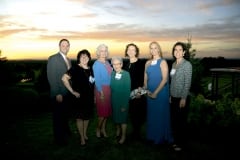

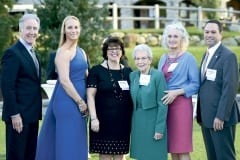
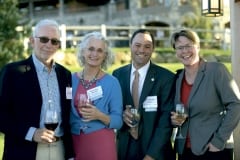
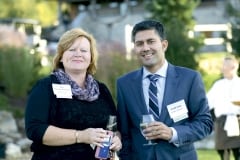
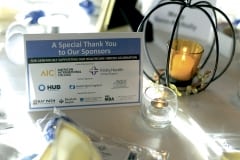
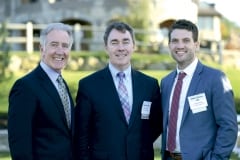

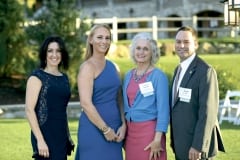


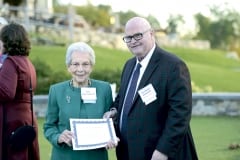







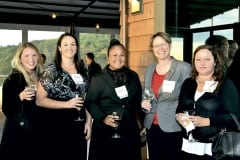
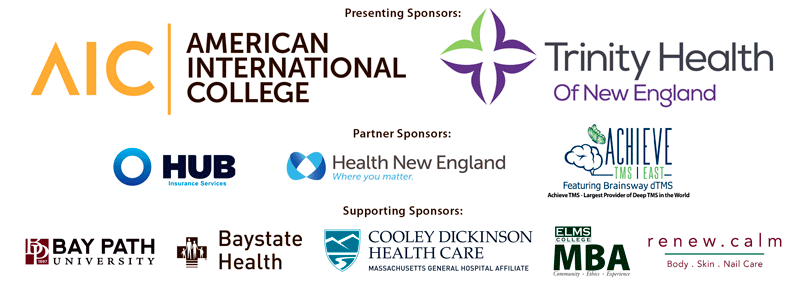
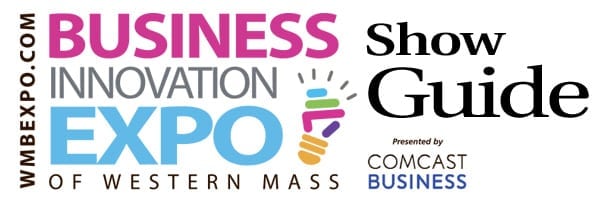





 A large technology company that has been a fixture in Western Mass. for decades and a craft-beer startup that has quickly shot from obscurity to a large cult following may boast very different histories, but they have one thing in common: they are the top honorees in this year’s Super 60 awards.
A large technology company that has been a fixture in Western Mass. for decades and a craft-beer startup that has quickly shot from obscurity to a large cult following may boast very different histories, but they have one thing in common: they are the top honorees in this year’s Super 60 awards.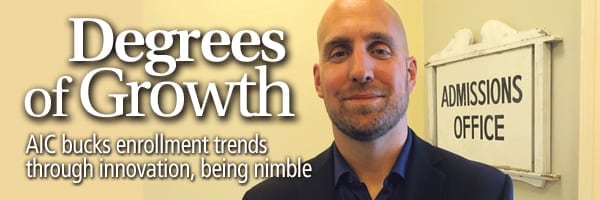

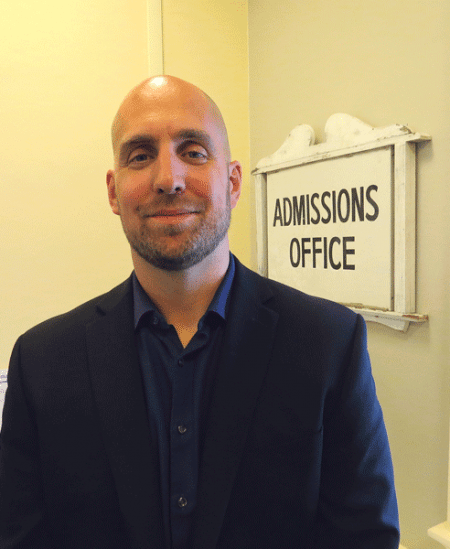
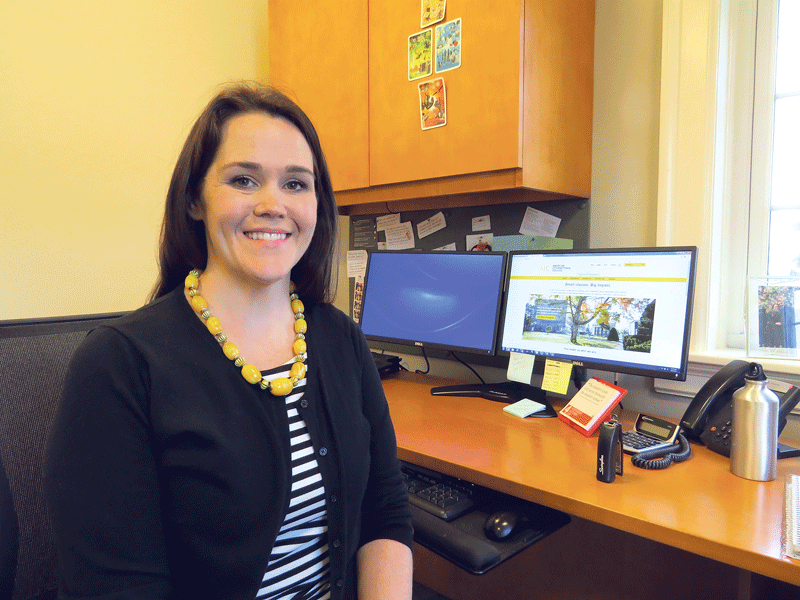




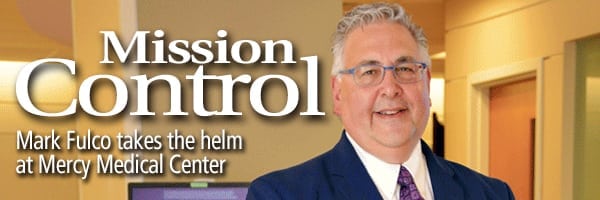
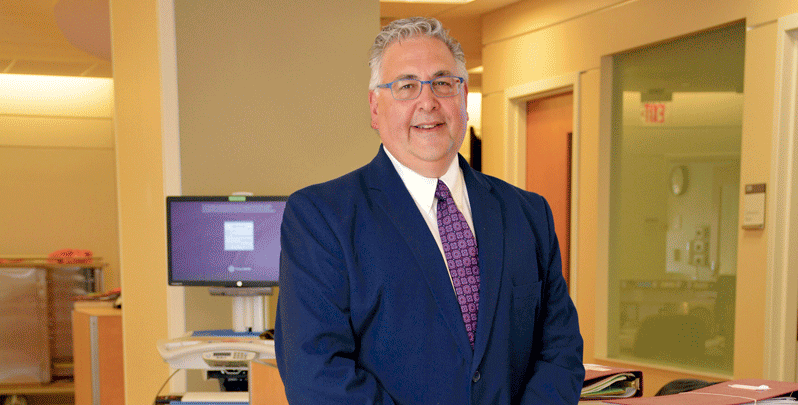

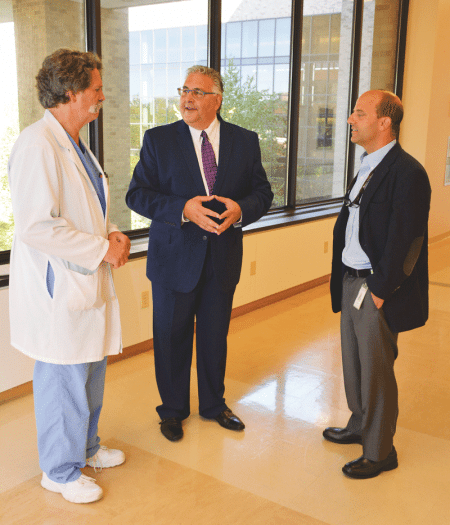
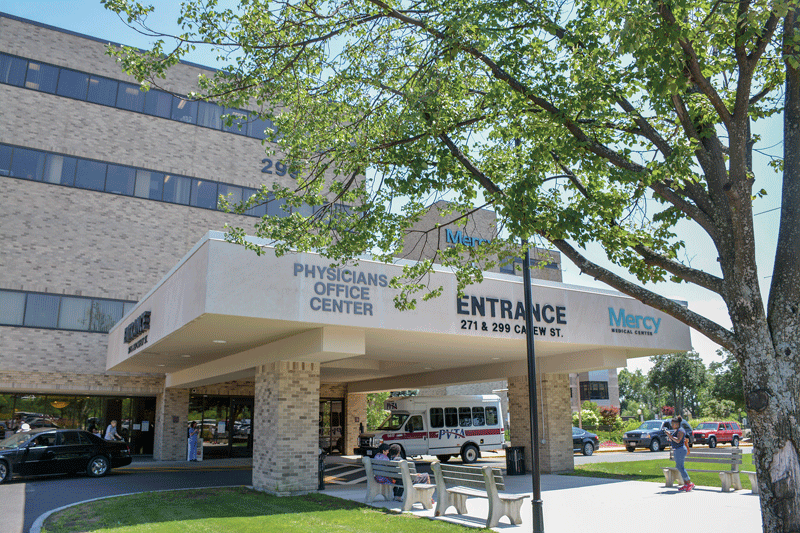
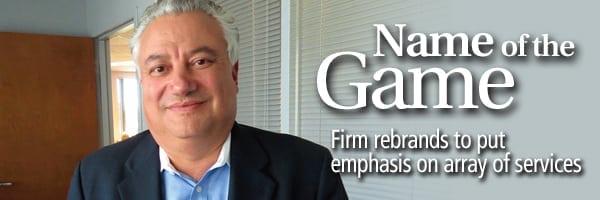


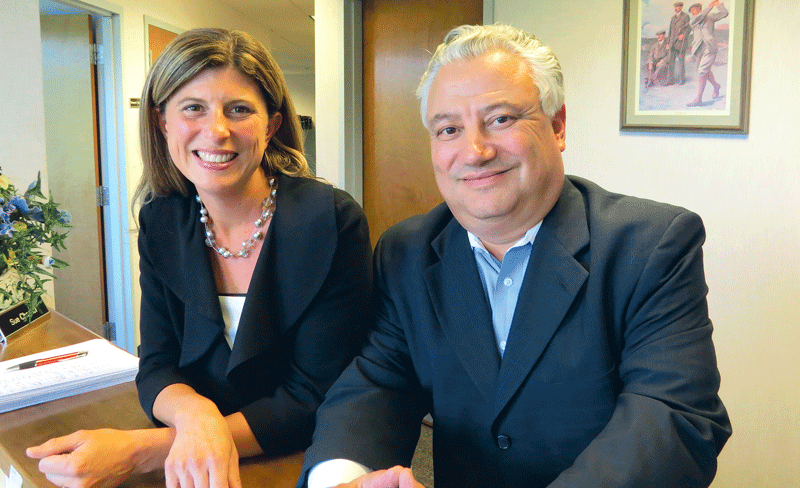

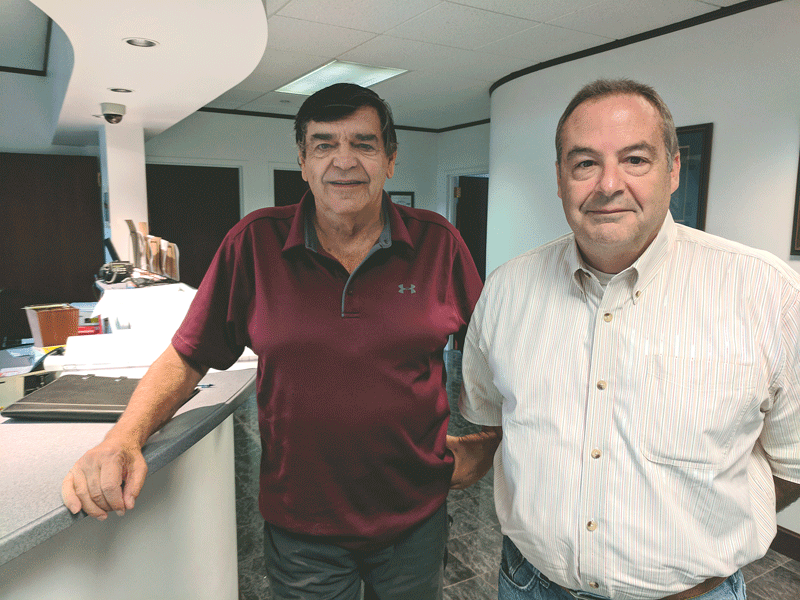



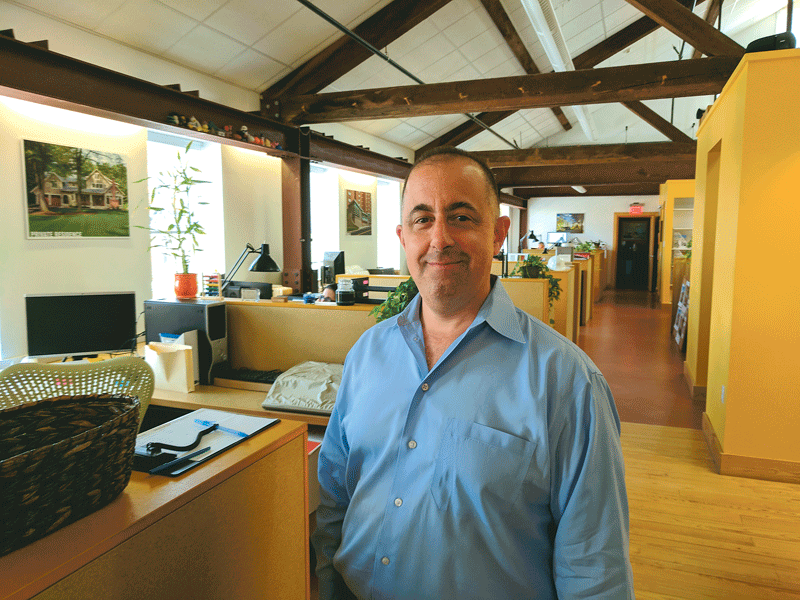
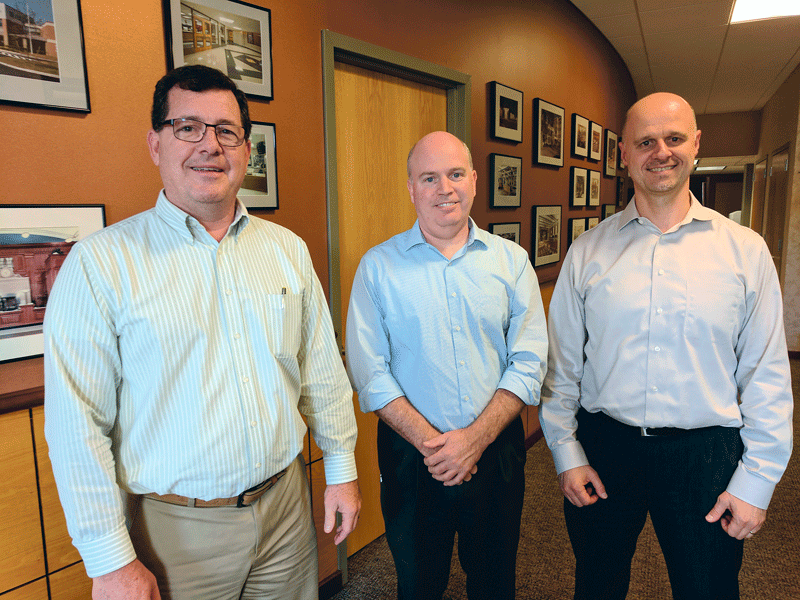

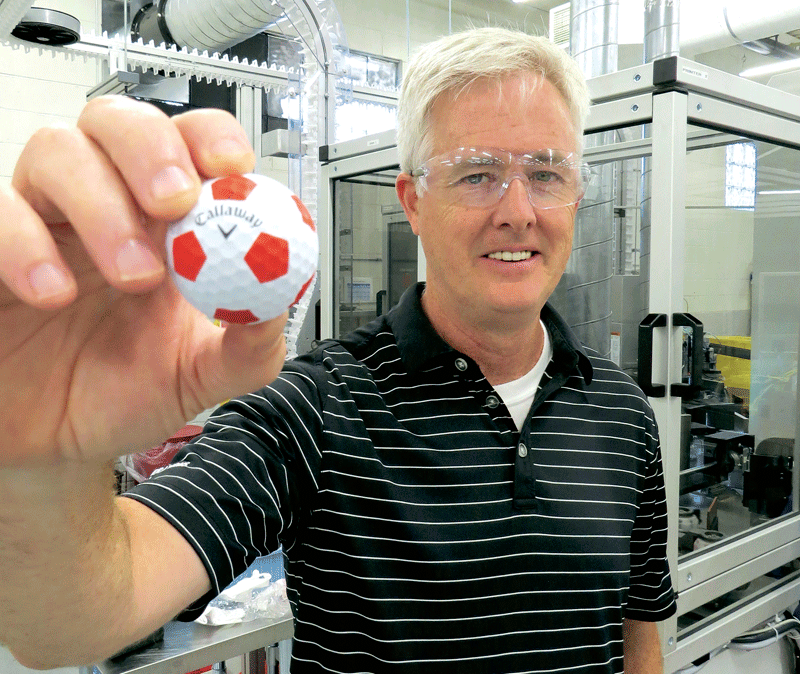
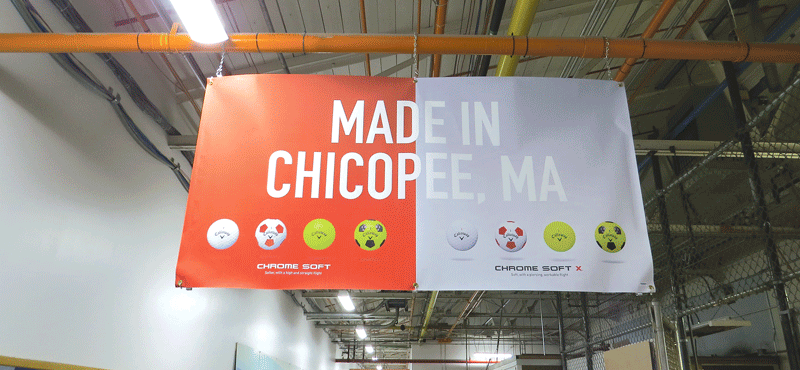

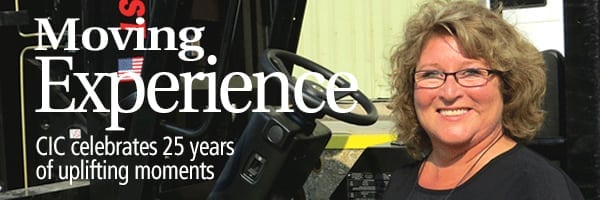
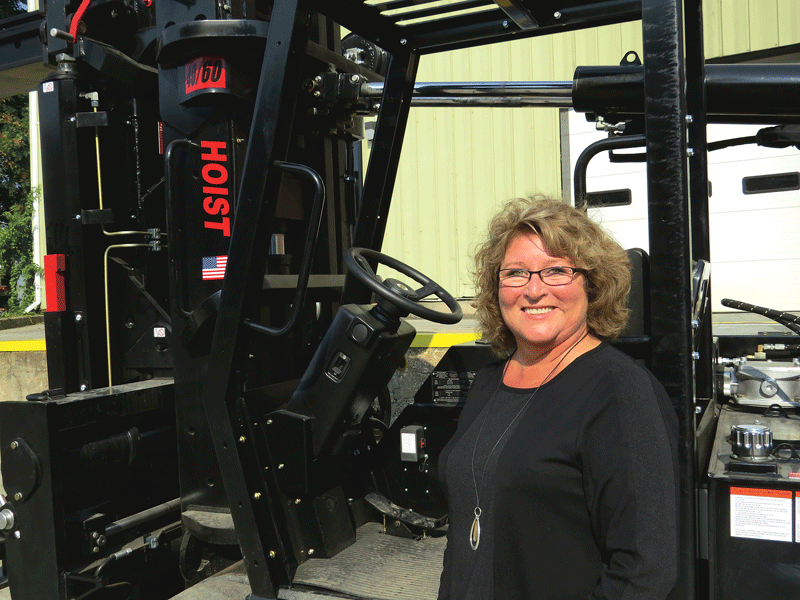
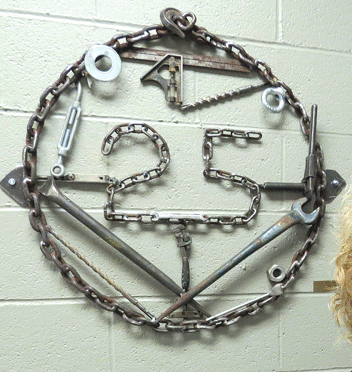

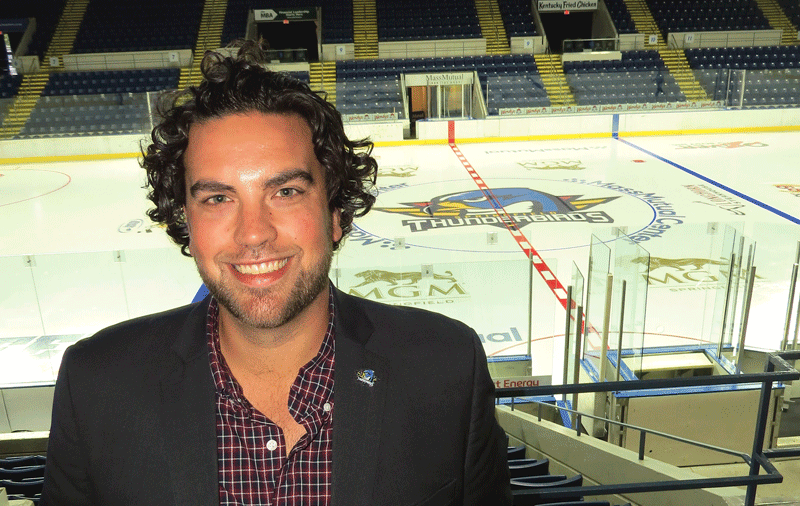



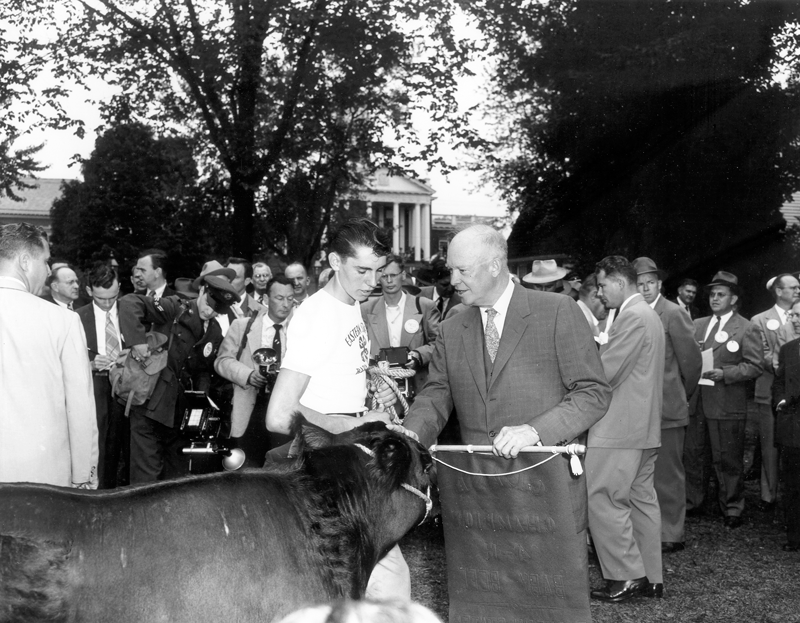

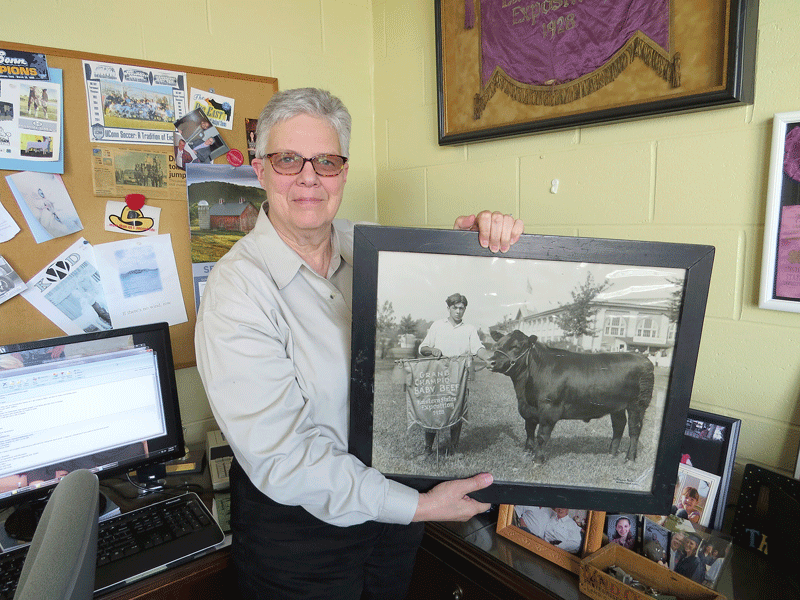
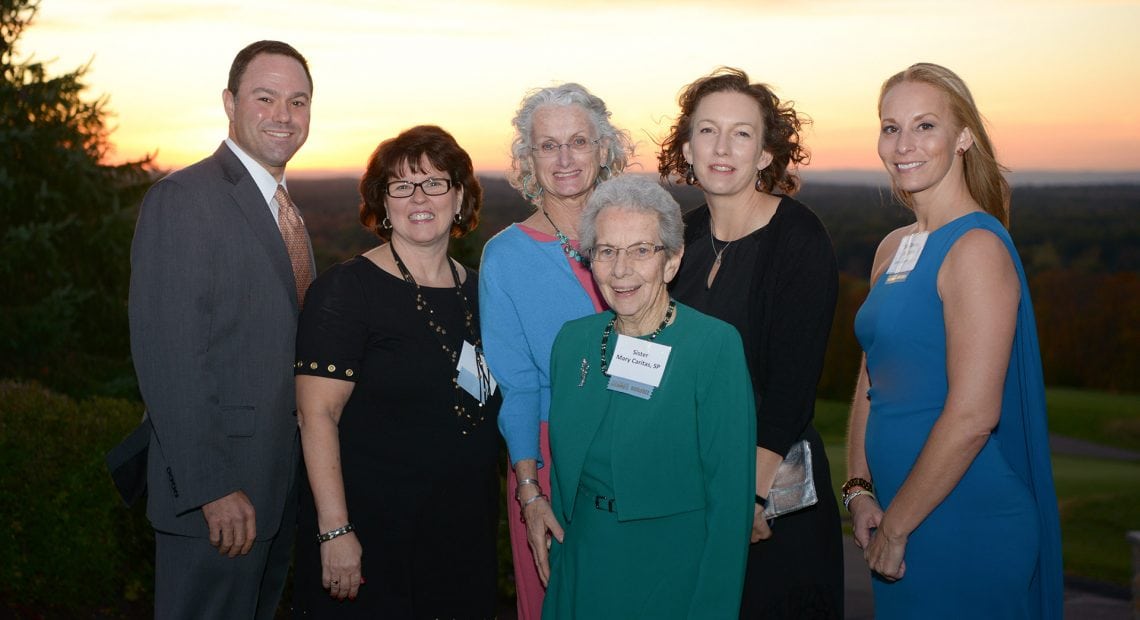





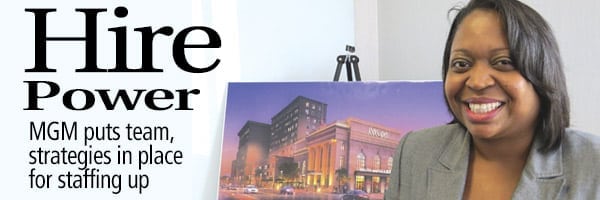





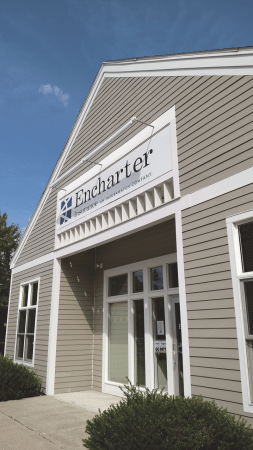



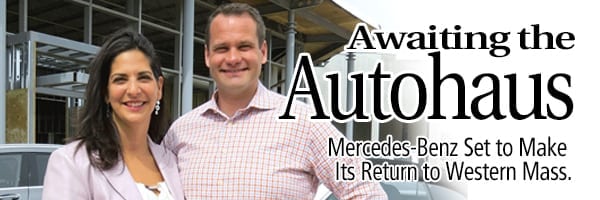
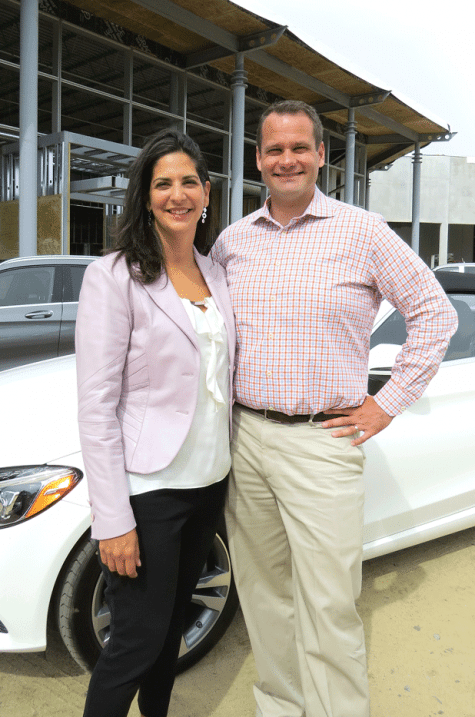



 Those managing the
Those managing the 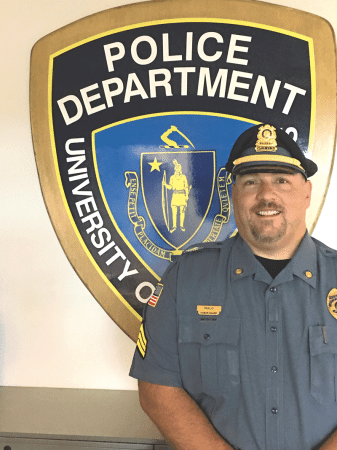
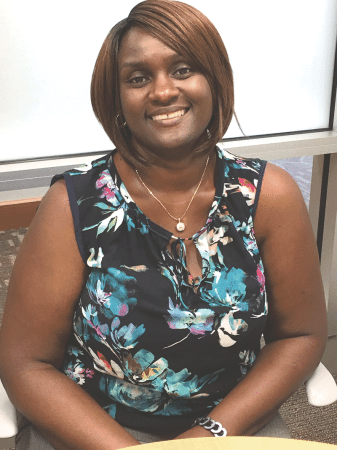
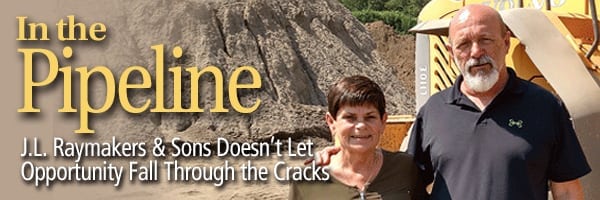
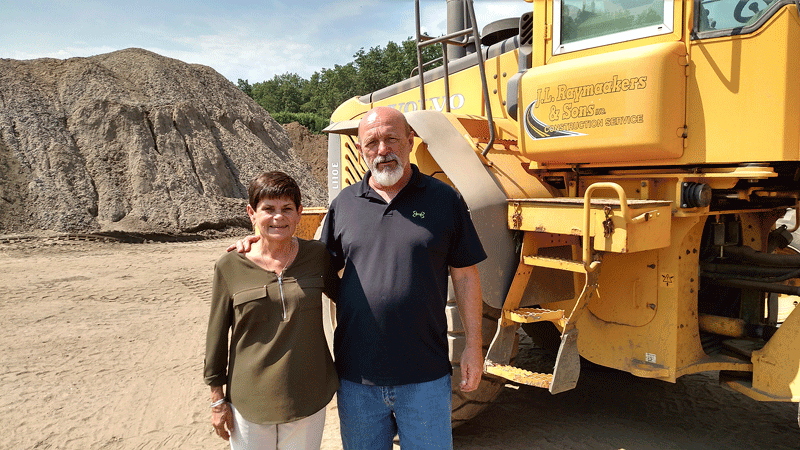


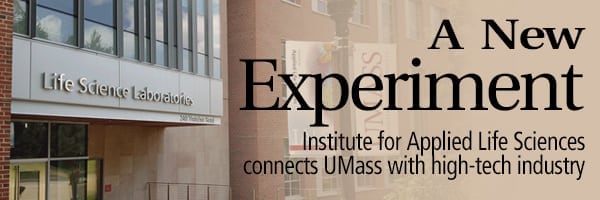
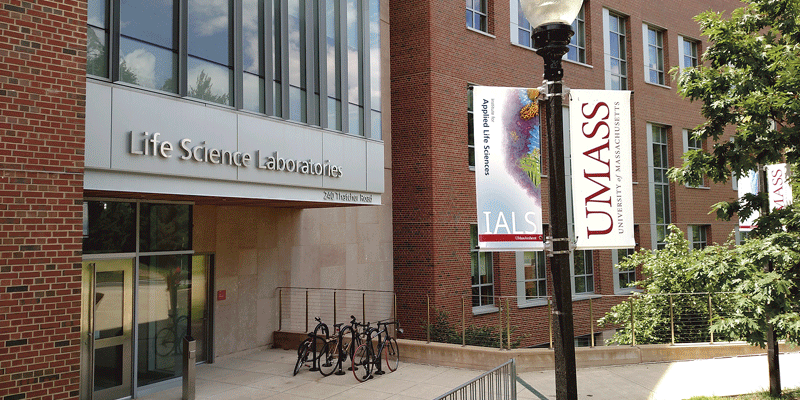 Peter Reinhart, director of the Institute for
Peter Reinhart, director of the Institute for 
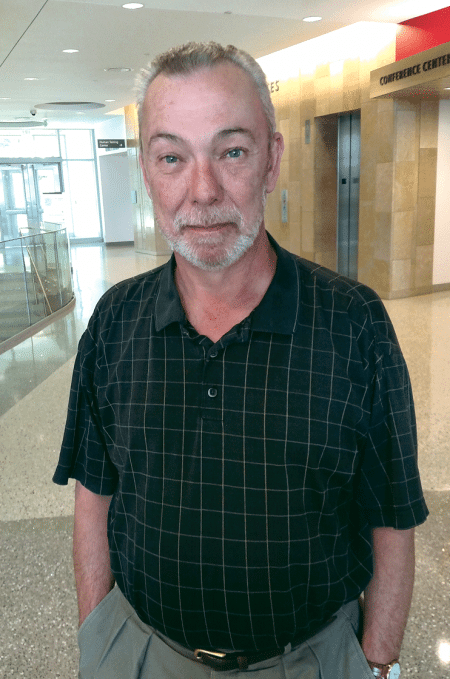

 On July 1, MGM Springfield took over exclusive venue management at the MassMutual Center, thus beginning an intriguing new chapter in the history of a facility that was first opened almost a half-century ago and was expanded in 2005. The hope and expectation, locally and at the state level, is that MGM’s name, reputation, and strong track record in the entertainment industry will enable the facility to realize its considerable potential.
On July 1, MGM Springfield took over exclusive venue management at the MassMutual Center, thus beginning an intriguing new chapter in the history of a facility that was first opened almost a half-century ago and was expanded in 2005. The hope and expectation, locally and at the state level, is that MGM’s name, reputation, and strong track record in the entertainment industry will enable the facility to realize its considerable potential.

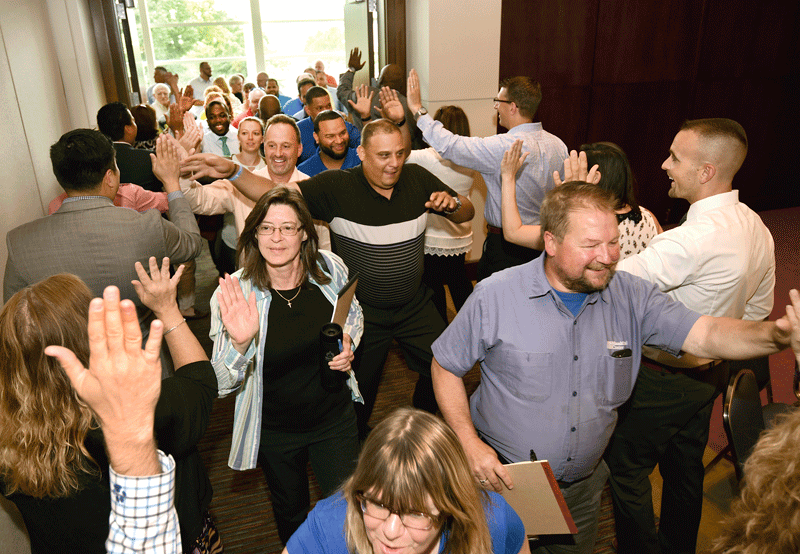
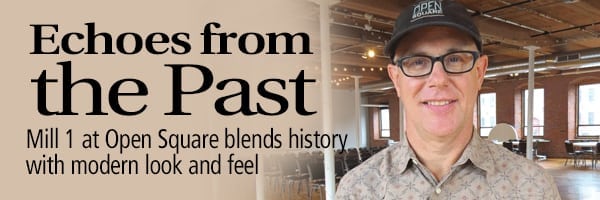
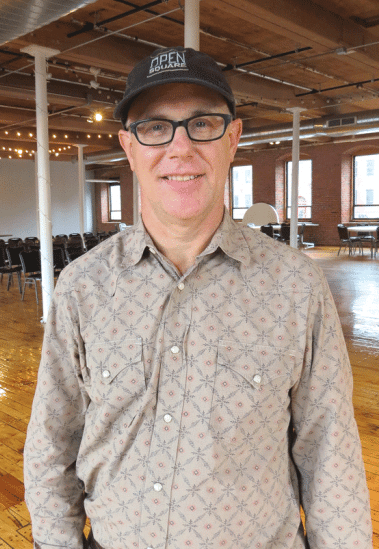
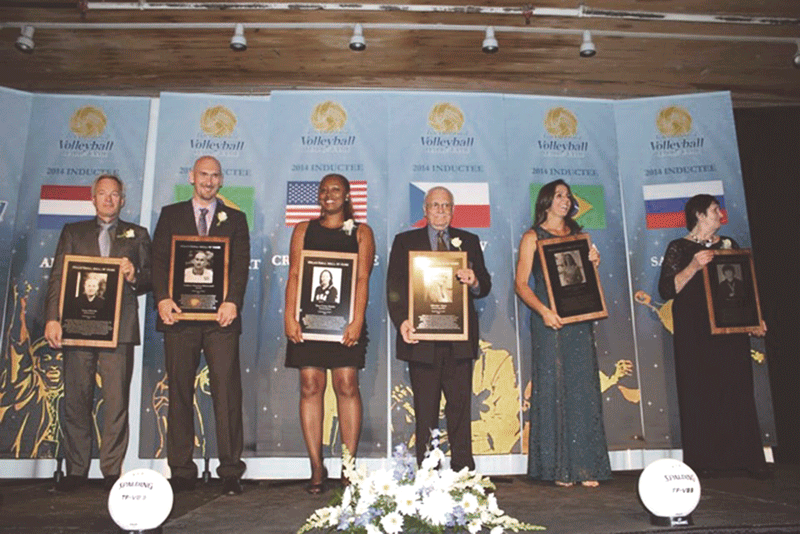
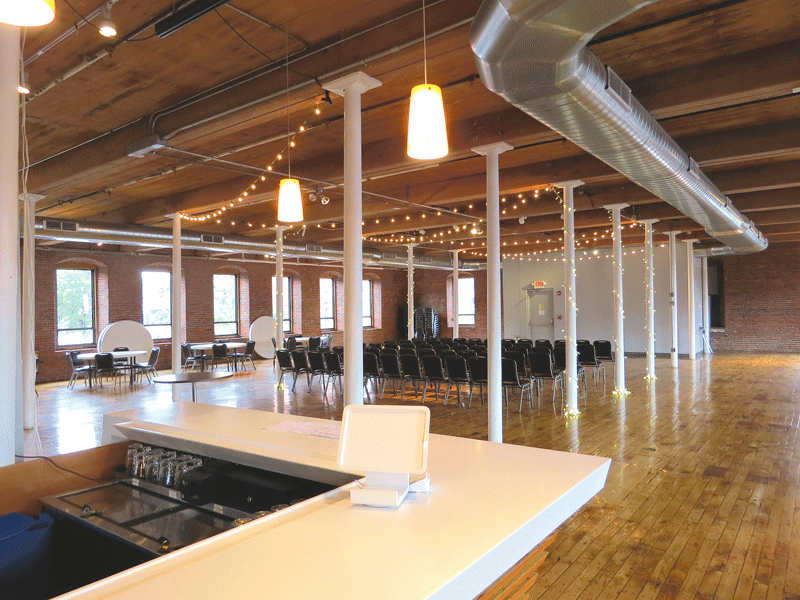
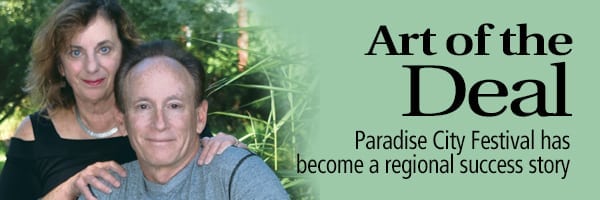







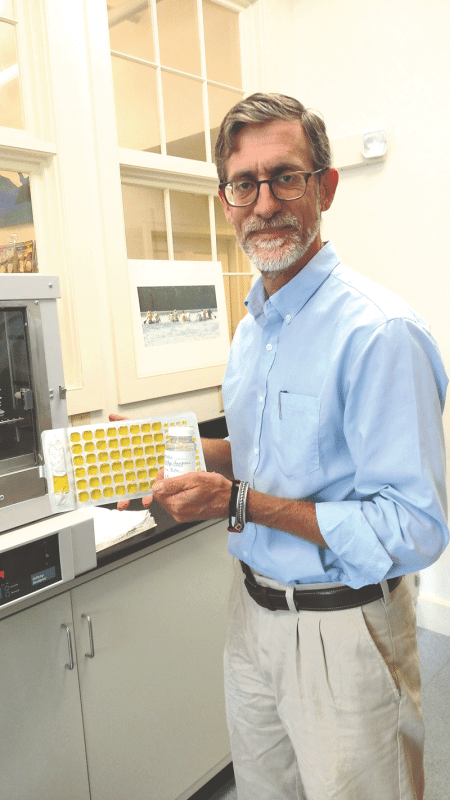



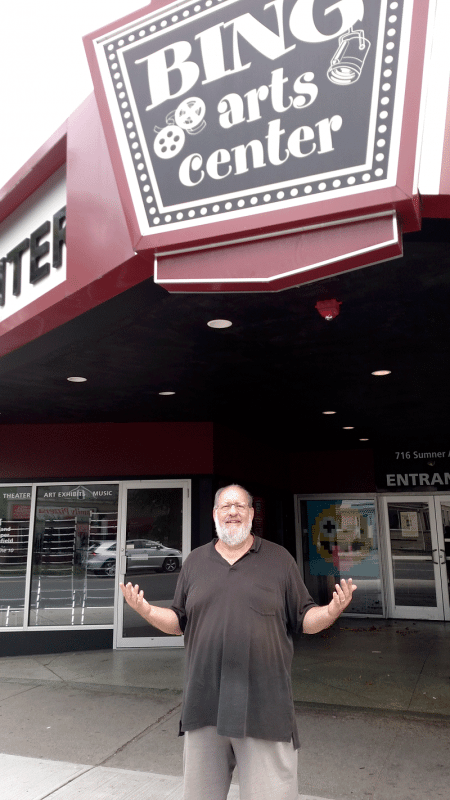
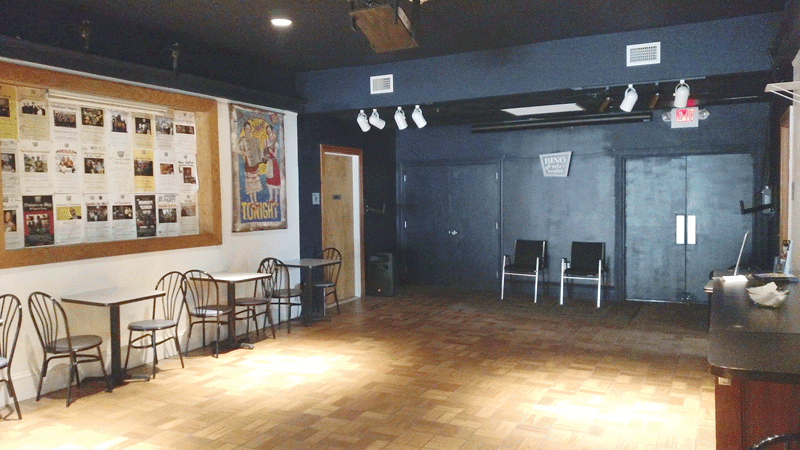

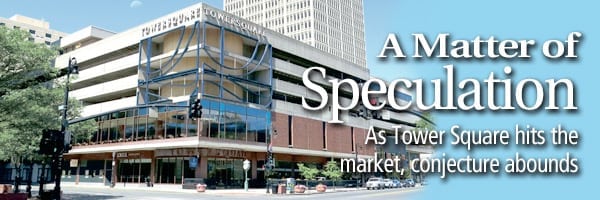
 Since it opened nearly a half-century ago, Tower Square has been both a prominent part of the Springfield skyline and a barometer of sorts for the health and vitality of the city and its downtown. And this explains why there is so much anticipation and speculation accompanying the announcement that the property is being put on the market by owner MassMutual. Experts agree that this will be more than a real-estate transaction — it will likely also be a referendum on Springfield and its apparent resurgence.
Since it opened nearly a half-century ago, Tower Square has been both a prominent part of the Springfield skyline and a barometer of sorts for the health and vitality of the city and its downtown. And this explains why there is so much anticipation and speculation accompanying the announcement that the property is being put on the market by owner MassMutual. Experts agree that this will be more than a real-estate transaction — it will likely also be a referendum on Springfield and its apparent resurgence.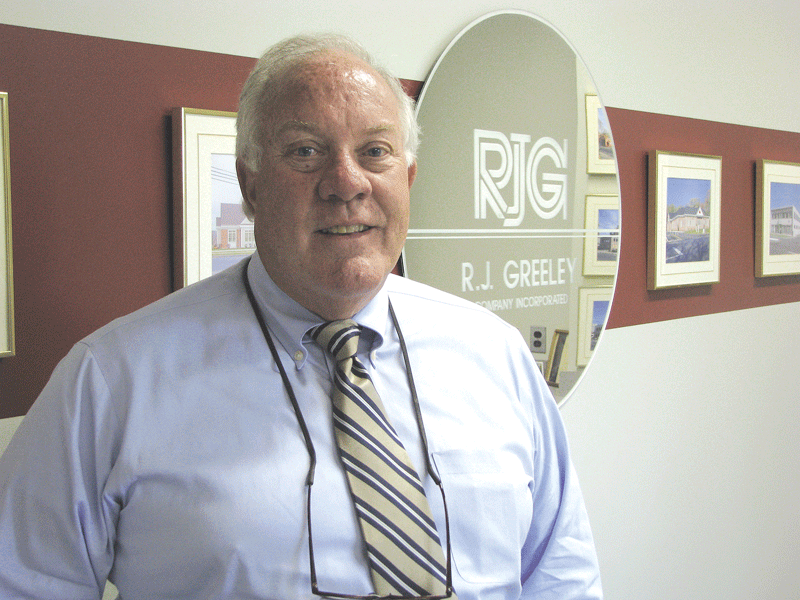

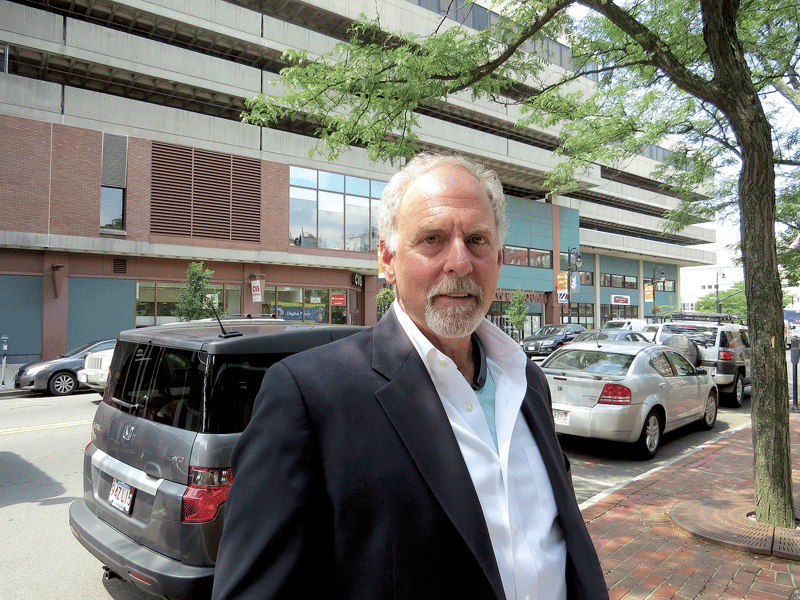


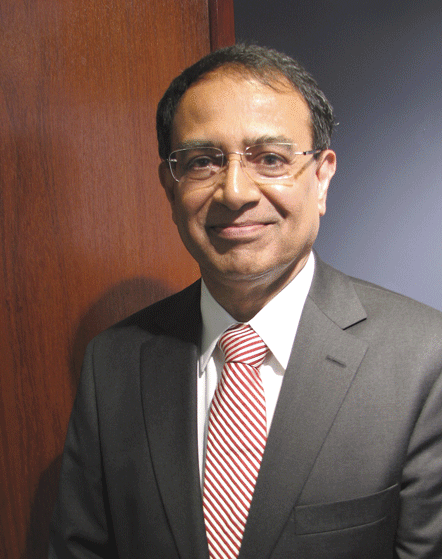

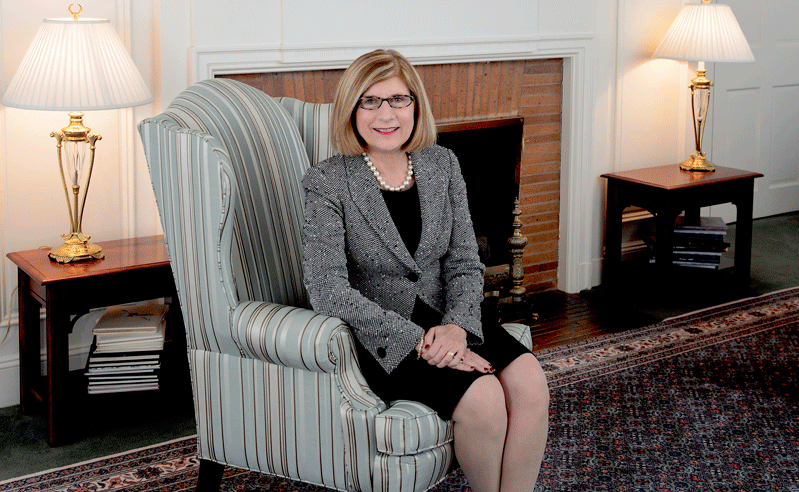






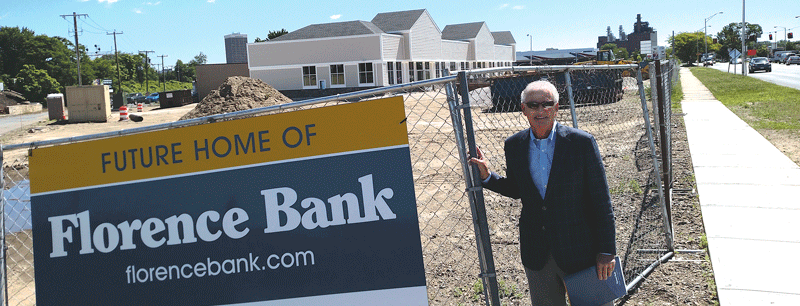
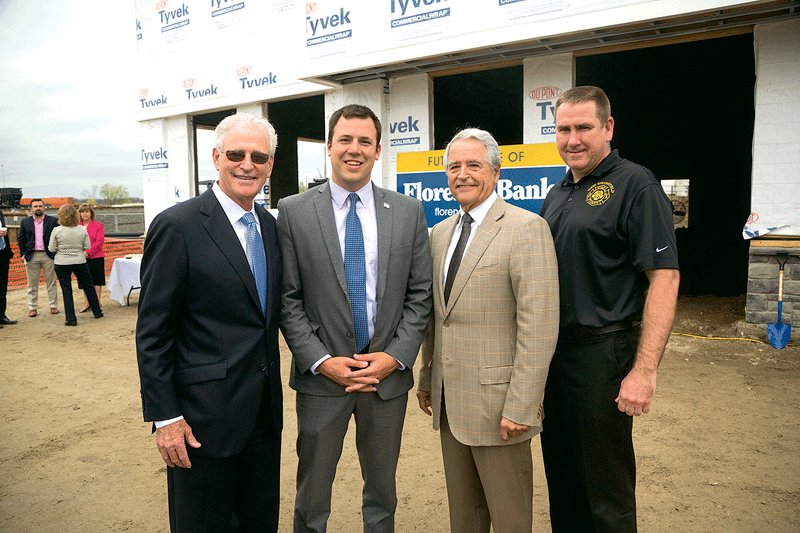


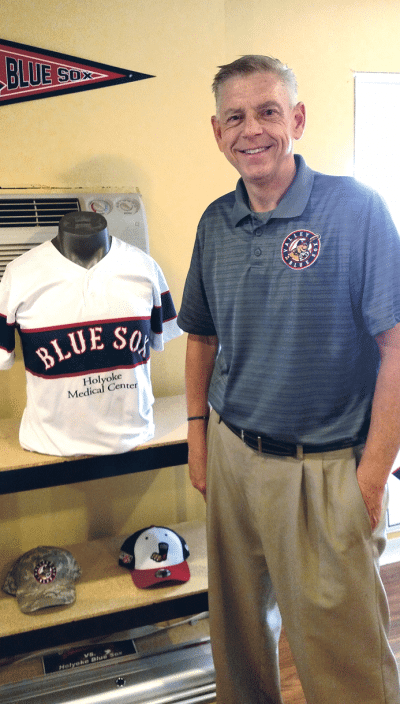










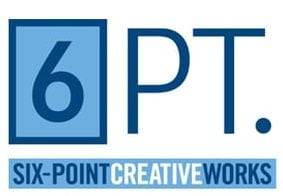




 Summertime is a great time to get away, but in Western Mass., it’s also a great time to stick around and enjoy the many events on the calendar. Whether you’re craving fair food or craft beer, live music or arts and crafts, historical experiences or small-town pride, the region boasts plenty of ways to celebrate the summer months. Here are 35 ideas to get you started, in a region that’s home to many more.
Summertime is a great time to get away, but in Western Mass., it’s also a great time to stick around and enjoy the many events on the calendar. Whether you’re craving fair food or craft beer, live music or arts and crafts, historical experiences or small-town pride, the region boasts plenty of ways to celebrate the summer months. Here are 35 ideas to get you started, in a region that’s home to many more.
 Monson Summerfest
Monson Summerfest Old Sturbridge Village Craft Beer & Roots Music Festival
Old Sturbridge Village Craft Beer & Roots Music Festival Springfield Jazz and Roots Festival
Springfield Jazz and Roots Festival Westfield International Airshow
Westfield International Airshow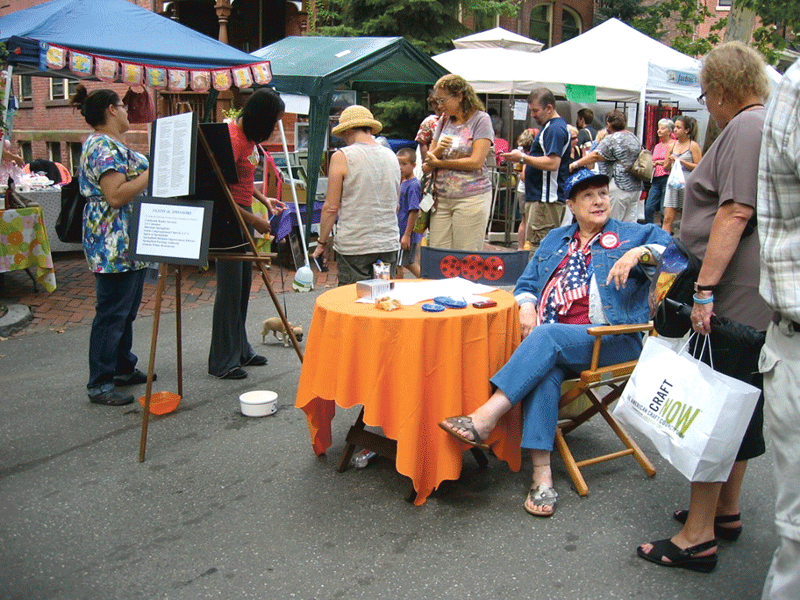 Mattoon Street Arts Festival
Mattoon Street Arts Festival The Big E
The Big E




 Massachusetts lawmakers are attempting a novel approach to pregnant workers, by requiring employers to offer them accommodations similar to those given to disabled workers. The bill is a popular one and seems assured of becoming law, but some questions about implementation — and what companies will have to do to comply — remain.
Massachusetts lawmakers are attempting a novel approach to pregnant workers, by requiring employers to offer them accommodations similar to those given to disabled workers. The bill is a popular one and seems assured of becoming law, but some questions about implementation — and what companies will have to do to comply — remain.


 Since its introduction more than 30 years ago, the data-driven process-improvement methodology known as Six Sigma has been most closely associated with the manufacturing sector. But, as recent initiatives undertaken by the accounting firm
Since its introduction more than 30 years ago, the data-driven process-improvement methodology known as Six Sigma has been most closely associated with the manufacturing sector. But, as recent initiatives undertaken by the accounting firm 